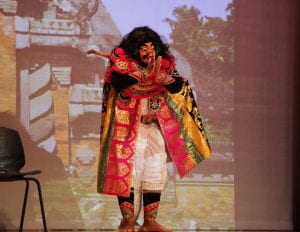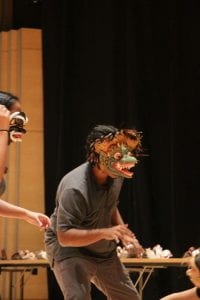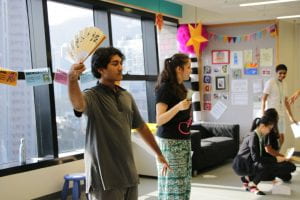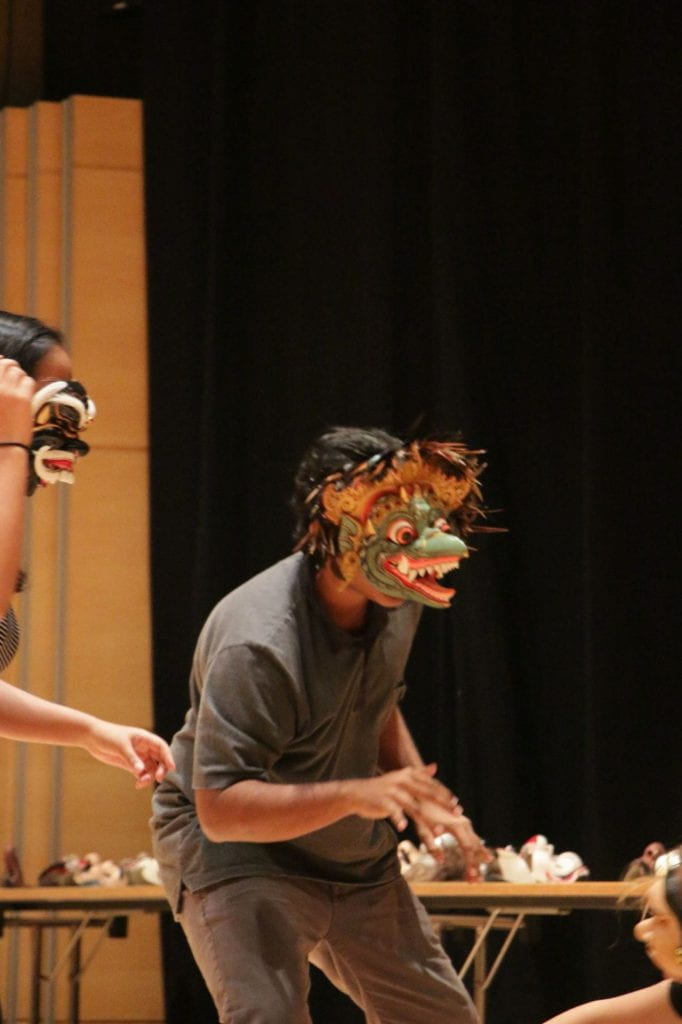The International School of Theatre Anthropology or ISTA is an organization that in its own words “Brings together young people, artists and teachers from different countries in different settings to experience, create and learn about theatre.” During the time of September 20th – 24th 2018 I participated in one of their Workshops held in Hongkong where we studied a range of theatre styles from the theatre of cruelty style by Antonin Artaud, to Topeng from Bali, to the Japanese styles of Noh and Buto. It was an incredibly interesting experience, that now, I get to share with you dear readers.
Pictured below is the group I went in from OSC, some whom I already knew and some of whom I’d barely exchanged three words with. Regardless, by the end, I had bonded deeply with all of them.

From left to right- Rika, Emily, Ms. Jackson, Seth, Anargi, Virath, Rashmi, Madeleine, Disara, Lakshitha, Jiwon, Meagan, and Nehemiah.
We got to take in some amazing performances…

We were given crash courses on that takes years to master. On the face of it, this does not sound very useful but it did, in fact, expand the tools available to us as actors in their use of strange and unusual techniques that we previously would not have considered, at the very least it gave us a deeper appreciation for the styles and the commitment they require.

Below was my favorite. The Japanese Noh style in which actors follow and create precise actions and sounds from scripts written centuries prior, with messages only a few extreme enthusiasts and scholars can follow and even then only if they had already been taught the story by someone else. Everything is controlled, from the stage to walk, and only a scholar could make sense of any of it. It’s terribly technical, and difficult to understand but I love it for one simple reason, at least in its original design the style was not made for audiences, and it shows! The Noh style was made as performance for the gods which humans were allowed to watch happen but they were not the point of it, in the past, this even meant that the actor would be positioned behind a tree with the audience on the other side because the tree itself was his real audience. Fundamentally this prayer in the form of theatre, and at least originally theatre done without even the slightest concern over audience approval. I find the first meaning to be extremely interesting and the second to be oh so incredibly freeing.


0 comments on “ISTA Workshop” Add yours →